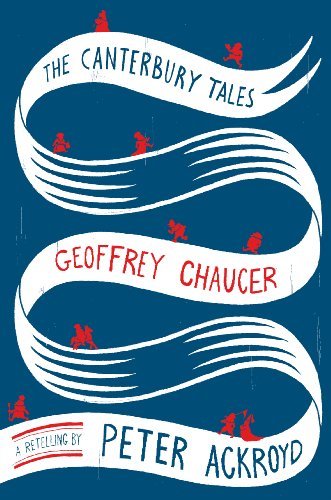
We writers, we reckon we have a big job to do. We tell stories, and stories, we believe, are the bones on which the events of people’s lives are strung. We are, in effect, writing the framework of life’s histories. You’ll agree that is a pretty big deal.
Unfortunately, not many other people actually agree: they think writers just string some words together to provide a few hours entertainment when people can’t get reception on their phone, there’s nothing they want to watch on Netflix or they need some help winding down before going to sleep. This helps to explain why the median income for writers is less than £10,000 per year.
The Land of Laughs is a book for writers who don’t feel sufficiently appreciated. It takes all the deepest, darkest fantasies of creation, those moments when everything comes alive in your mind and on the page and your characters breathe and move and live, and puts them into a story. For in this story, writers, in particular one writer, really matters: the powers of creation, which we all suspect are real at some level, here actually do become real. His characters live, and breathe – and he is their god.
How much more wish fulfilment could you have as a writer? So if you’re a writer, if you feel underappreciated and underpaid, then read The Land of Laughs and enjoy the power! (It’s also a very fine story in its own right.)








